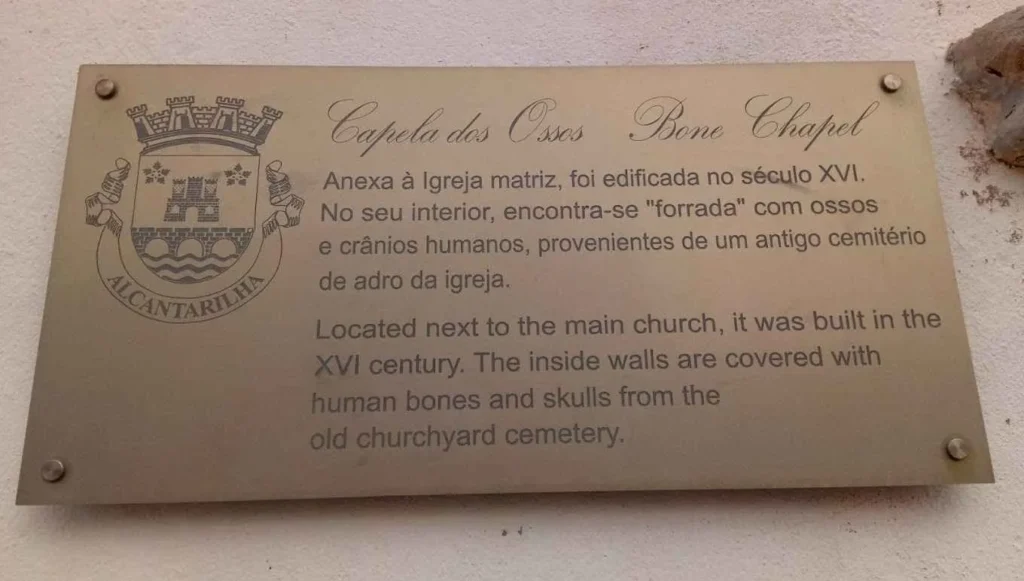Many reviews and travel blogs about this particular chapel paint a lukewarm picture. Common advice is along the lines of: “If you’re in the area for a cup of coffee or lunch across the street, stop by. Otherwise, don’t bother—it’s just one room of bones.”
But how many rooms of bones does it take to impress?
The Unique Decorative Theme: Golgotha
The chapel’s design takes inspiration from Golgotha, the hill where Jesus was crucified. Skulls are arranged in three tiers, culminating in a symbolic representation of Jesus atop a pile of bones. However, there’s an unexpected twist—Jesus is missing. Once depicted atop this macabre scene, the figure has vanished, leaving behind only the stark visual of skulls.
The connection to Golgotha is literal here. Historically debated as either a skull-shaped hill or a place of execution and burial, this chapel brings the concept to life—Jesus, surrounded by bones, atop *Skull Hill*.
The Stories Behind the Bones
Inside the chapel, there are a little over a thousand sets of human remains. A particularly striking story claims these bones belonged to secret Protestants who were killed during an earthquake while gathering in defiance of Catholicism. Allegedly, their remains were displayed in the chapel as a warning to others.
However, like many such tales, the truth is less dramatic. As with Évora’s Chapel of Bones, the remains here came from local cemeteries and churchyards, not from covert Protestant gatherings.
This chapel may only consist of a single room, but its intricate symbolism, historical intrigue, and chilling displays of mortality make it worth more than a casual glance. It’s not just about the meals across the street—it’s about embracing the unique experience this bone chapel offers. So, whether you’re here for lunch or a deeper dive into history, make sure to pause and take it all in.
To know before you go
When you’re in front of the Igreja Matriz de Nossa Senhora da Conceição (Church of Our Lady of Conception), head to the right. The chapel has its own entrance and is free to enter.





